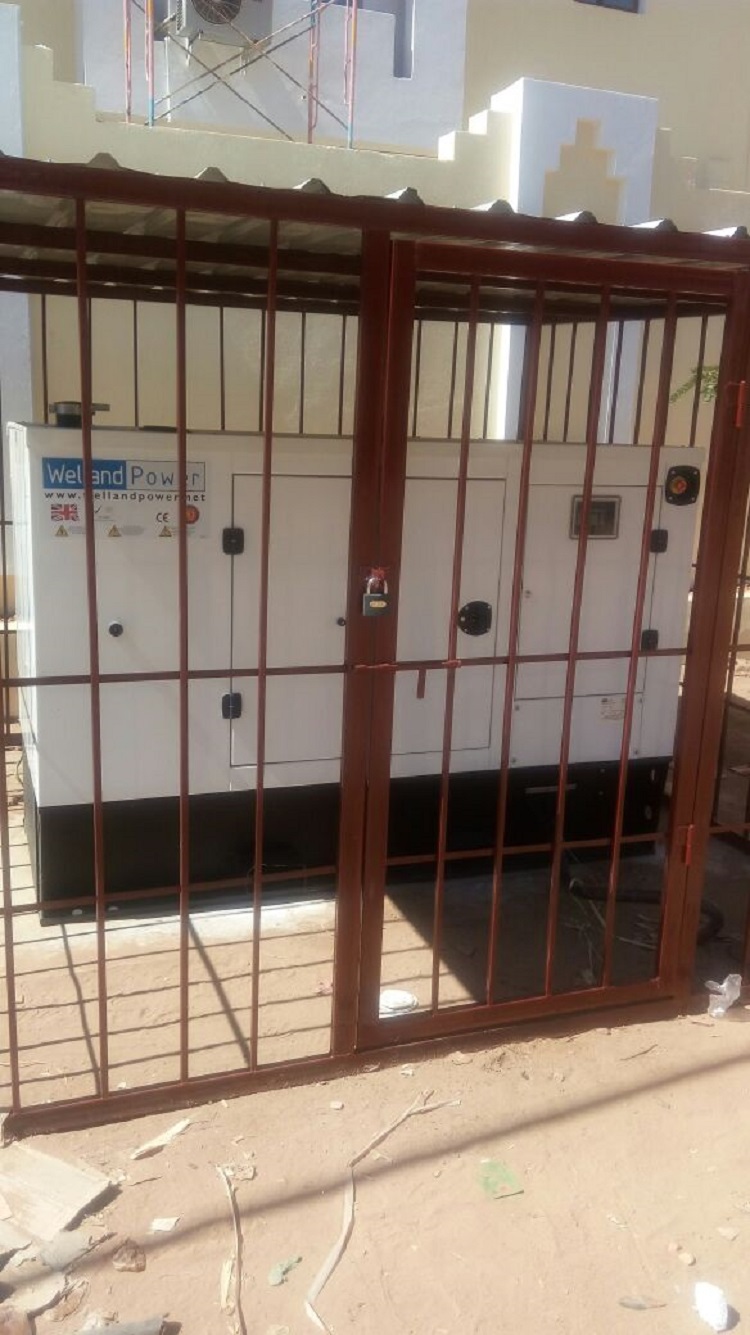Sizing diesel generators is a common problem for construction, water pumping and houses (especially now electric vehicles are entering the market), but sizing the units is a problem. Too large a generator and you not only use too much fuel, but running below about 30-50% for sustained periods “Low-Load” – causes engine problems that aren’t covered under warranty, leading to significant costs. Too small a unit will be insufficient to run the items you wish to power, meaning the unit will as the load increase slow down and potentially stall.
Typically when considering diesel generators people choose an off the shelf solution. In some cases this can be fine, however in many cases a better custom made designed package would give a significantly better result, especially lower fuel consumption during operation and lower voltage drops when the load is applied.

The load on a diesel generator is actually divided into two distinct parts. The kW, or Active power and the kVAr, the reactive power. Vector summed these two values add up to the kVA. The kW is concerned only with the engine power. The kVAr is concerned only with the alternator electrical loading. The relationship between these two is referred to as the power factor.
Most industrial generators are rated at 0.8 power factor – but this is the generators rating, it is the load that determines the power factor. If the power factor differs from 0.8, you would potentially benefit from having a more custom generator solution to your power needs. You can also read a bit more into generator sizing here.


Thanks for this great information about diesel generators and its benefits. Keep posting more such content that are really helpful to others and add a great value.